Arts & Culture
‘The audiences are talking with their dollars’: Inside the arts economy’s resilience
Despite federal funding cuts, Pennsylvania’s creative industries are surviving – and thriving – thanks to a potent mix of supporters.
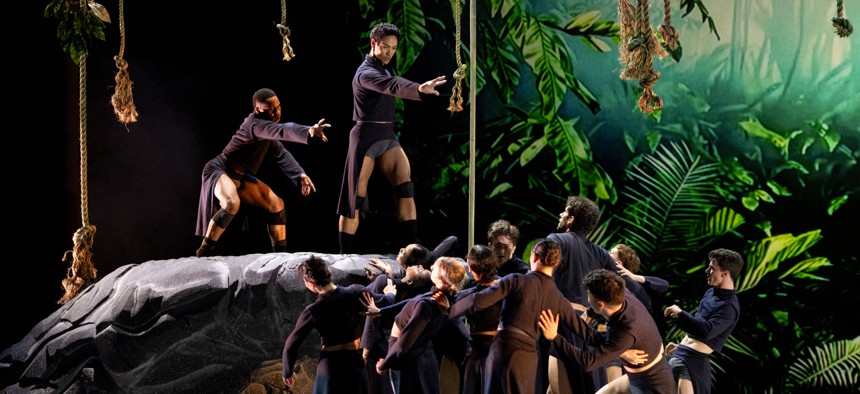
BalletX performing at Philadelphia’s Mann Center for the Performing Arts in 2025. VIKKI SLOVITER
It was early August, and James Jordan, the longtime artistic director of Bethlehem’s Touchstone Theatre, was getting ready to host dramatic readings of “La Última Parada” (“The Last Stop”), a Spanish-language play by the Colombian-born writer José Díaz. Demand from the Lehigh Valley’s sizable Latino audience was such that Touchstone, in partnership with Panorama Cultural Latin News, was presenting two free performances.
It’s the kind of diversity-forward programming that doesn’t play well in Washington, where the Trump administration has canceled millions of federal grants – including Touchstone’s National Endowment for the Arts funding, an amount Jordan calls “significant, but not enough to shut us down” – that have long bolstered the bottom lines of cultural organizations.
Since President Donald Trump took office in January, creative outlets have been buffeted by the threat of canceled federal subsidies and increased competition for remaining funding sources. There are also worries that the socially conscious programming now standard for many organizations could make them targets of the administration’s ire – and its funding cuts.
Yet again and again, these organizations told City & State that their balance sheets and ticket sales are healthy and their outlook optimistic. Many, like Touchstone, rely only minimally on federal dollars – and much more heavily on the support, financial and otherwise, of the surrounding communities whose values are reflected in artistic and neighborhood programming.
“Our mission has not changed at all: programming that’s going to attract the widest variety of audiences from a lot of different demographics,” affirmed Kendra Whitlock Ingram, president and CEO of the Pittsburgh Cultural Trust. “We’ve seen strength in having that type of diversity programming, certainly for an organization that relies so heavily on earned revenue. The audiences are talking with their dollars. They’re telling us what they want to see.”
Those dollars are essential to both the state’s bottom line and its brand: Pennsylvania’s creative sector generates some $30 billion annually in economic activity – 3.4% of the state’s overall economy – and directly employs nearly 200,000 people. In addition, during the decade prior to the pandemic, the state’s cultural output grew more than twice as fast as the overall economy – 2.1% annually on average, versus 0.9%.
It’s a creative landscape that encompasses world-renowned institutions like the Philadelphia Orchestra and beloved local companies like the Little Theatre of Wilkes-Barre, one of America’s oldest continuously operating community theaters, along with destinations like Pittsburgh’s Andy Warhol Museum. The sector has also nurtured the rise of Mural Arts Philadelphia, which inspired public art movements in cities statewide and turned murals into a Pennsylvania brand, while thousands of music fans – and their dollars – pour into the commonwealth for marquee events such as Bethlehem’s Musikfest, a 10-day-long summer festival now in its fourth decade.
“We can be really proud of the distinctive strengths that emerge from the unique cultural legacy of different communities, from small towns to more urban centers,” said Karl Blischke, executive director of the Pennsylvania Council on the Arts. The state agency continues to receive funding from the National Endowment for the Arts amounting to roughly 12% of its $9.5 million annual budget.
Like Touchstone, the Pittsburgh Cultural Trust wasn’t so lucky: The downtown performing and visual arts complex recently lost a $35,000 NEA grant. In mid-August, Ingram said she’d been fielding a flurry of concerned calls about how the trust would weather the new political and financial landscape.
Her response was reassurance: The NEA grant loss was barely a hiccup in the context of the organization’s $65 million budget. Eighty percent of the trust’s annual revenue comes from ticket sales, facility rentals, parking and concessions, with most of the remaining dollars from individual, corporate and foundation donors. That model means the organization, like so many others across the commonwealth, prioritizes its local audience.
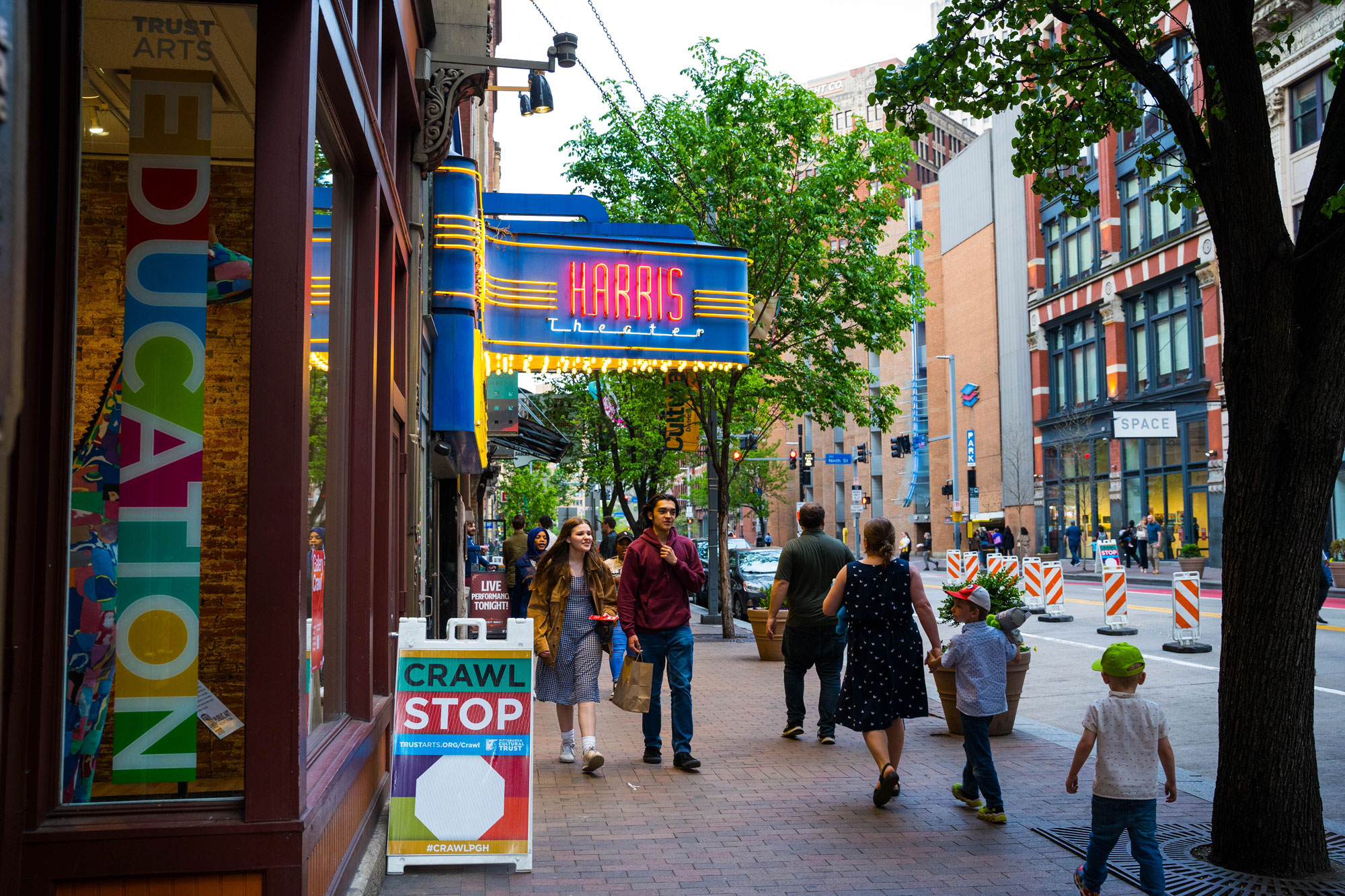
“Everybody’s figured out that remaining sustainable means we can’t rely on any one funding source any longer,” Ingram observed. She noted that post-pandemic audiences have become more demanding, willing to pony up for tickets, parking and babysitters only for “really great, frictionless and memorable experiences … You have to diversify in everything you do, from a programming standpoint and a revenue standpoint.”
The trust’s largest government sponsor is the Regional Asset District, an Allegheny County initiative supporting nonprofits. So while the NEA might be faltering – President Donald Trump has even threatened to shut it down – the trust is going ahead with plans to open a 4.5-acre civic green space in 2026, bringing a public playground and new performance and gallery facilities to the city’s downtown.
And those galleries, said Ingram, won’t shy away from programming that showcases the social themes important to Pittsburgh’s community. Neither will Touchstone Theatre, which, since the 1980s, has presented original works that are both reflective of and responsive to its Lehigh Valley community. Productions have explored the fallout of Bethlehem Steel’s closure, the valley’s Black heritage, local canals and the region’s Civil War legacy.
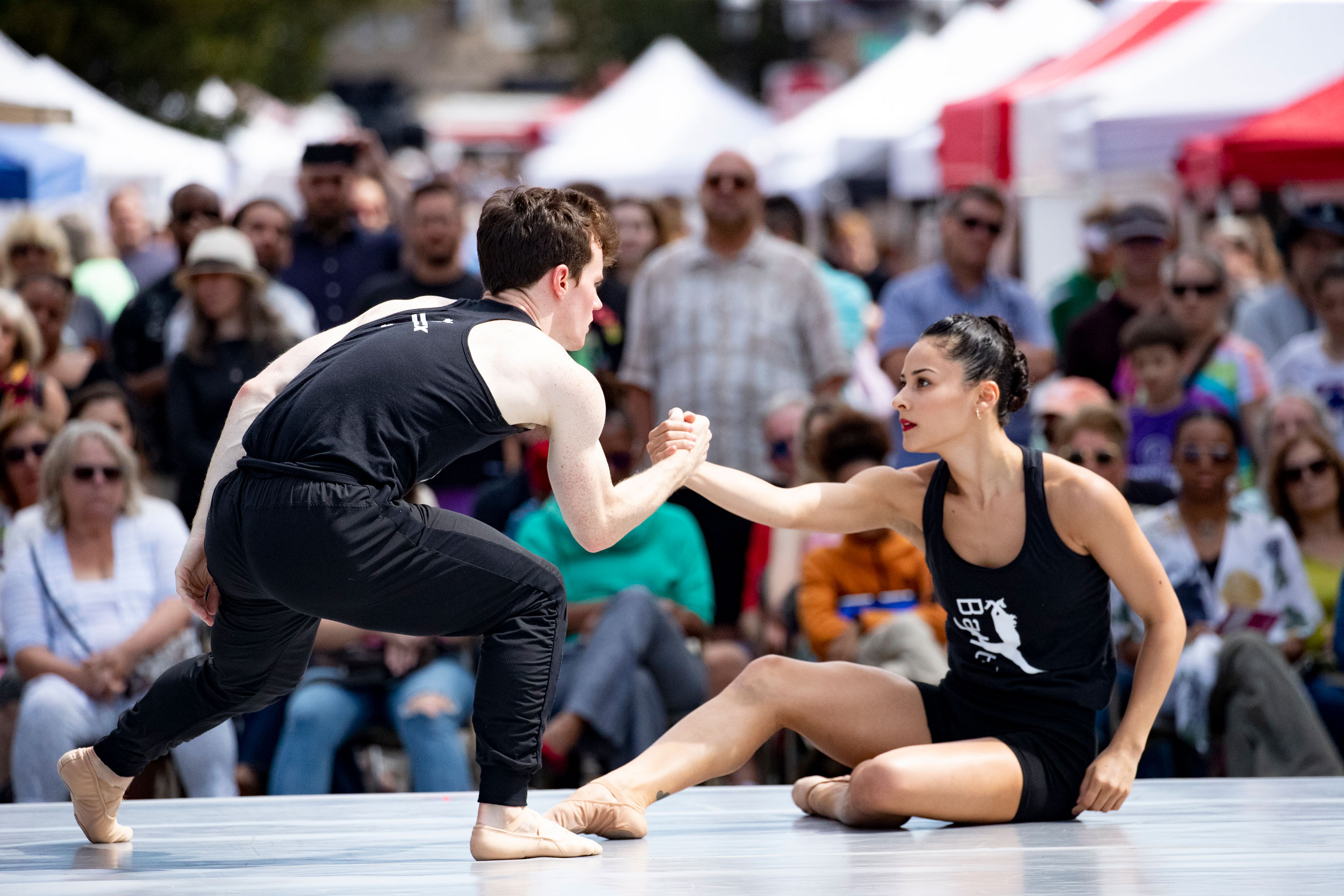
“In each production, we try to open up dialogues around important matters to the community,” said Jordan, who manages a half-million-dollar budget – part of the $171 million that his sector contributes annually to the valley’s economy. “We have many different views, but we create as a group, so we have to do that work daily with each other.”
Like many of the commonwealth’s arts organizations, Touchstone relies on diversified support – a mix of ticket sales, corporate and private-donor largesse and the support of foundations and local entities (“La Última Parada” was sponsored in part by a joint revitalization project of Community Action Development Bethlehem and the City of Bethlehem).
Still, the Trump administration’s recent announcement that it plans to vet exhibitions at Washington’s Smithsonian museums to ensure ideological alignment – and, earlier, the president’s takeover of the Kennedy Center for the Performing Arts – has cast a chill over the creative expression industries.
In Southeastern Pennsylvania, Patricia Wilson Aden, president and CEO of the Greater Philadelphia Cultural Alliance, cited as an example the African American Museum in Philadelphia, which not only lost funding from the Institute of Museum and Library Services, a federal agency, but also saw its president, Ashley Jordan, dismissed from the IMLS board.
“What we see is not only the direct impact to programming, but also the undermining of influence and participation in what was a very robust, inclusive and equitable infrastructure,” said Aden.
“This is just part of a larger effort. … It is far-reaching and pervasive. We can’t look at this in isolation.”
While the organizations contacted for this article affirmed their commitment to diverse and culturally responsive programming, Aden and others suggested that arts outfits are quietly adopting a strategic approach to the way they present themselves. They have a strong case to make: In metropolitan Philadelphia alone, the sector contributes $3.4 billion to the local economy.
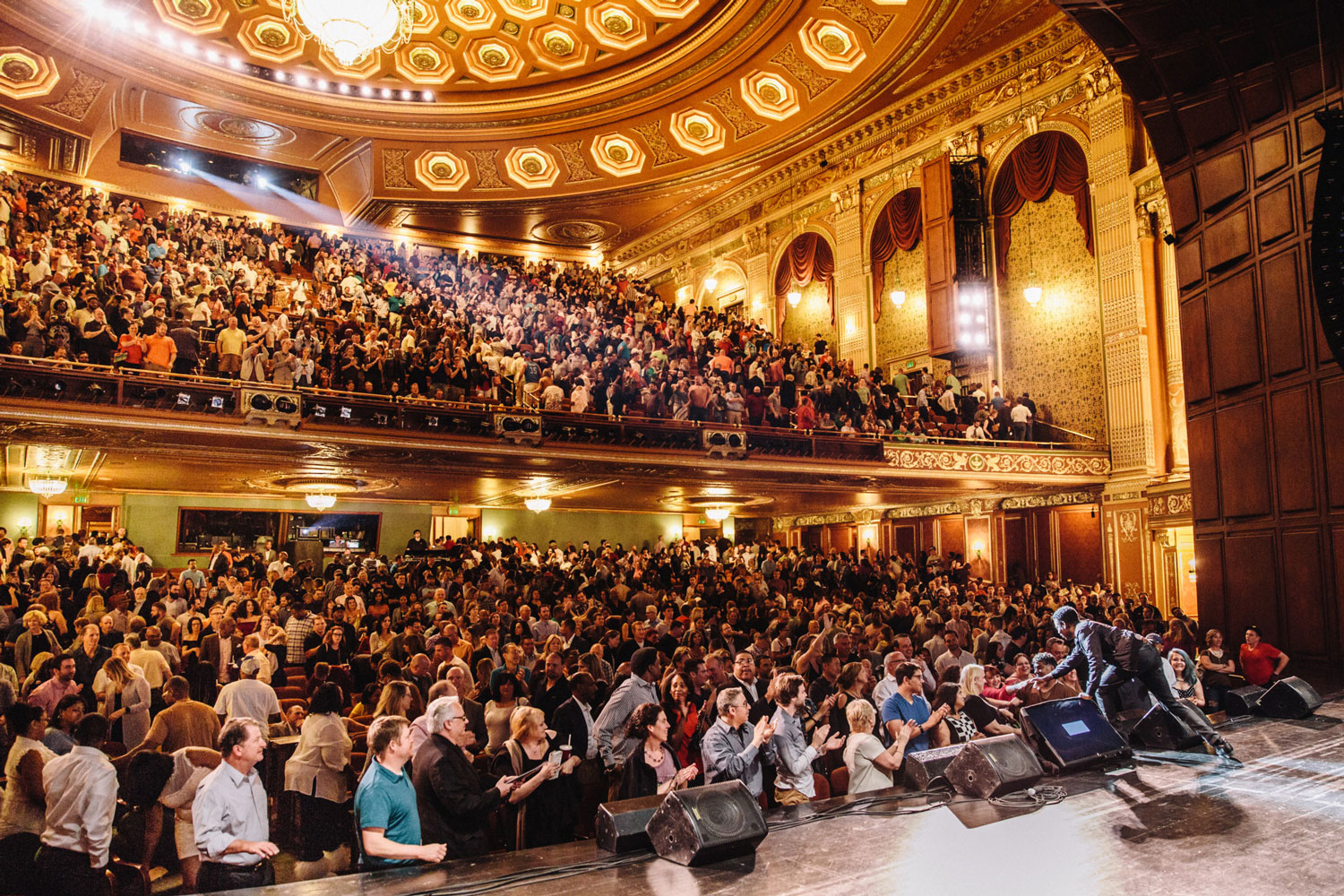
“Arts and culture is not a frill. It is an essential driver for the region’s economic vitality, our social cohesion, and also our civic identity,” Aden affirmed. “No other sector contributes so much to our region and does so much public good. At the same time, we are a rather fragile ecosystem,” she added. “Those federal actions have hit our organizations directly.”
Four federal agencies – the NEA, the National Endowment for the Humanities, the Institute of Museum and Library Services, and the Historic Preservation Fund – provided some $128 million in funding to arts and cultural organizations across the commonwealth. So it is hardly surprising that in a recent survey of Southeastern Pennsylvania cultural organizations, 92% of them reported a negative financial impact on cash flow and payroll as a result of the latest cuts.
“You can imagine the disruption this has caused,” Aden said. “It is a tidal wave in the funding landscape. Organizations that have invested in capital expansions and seen grants clawed back may have to postpone or cancel programs.” While private-sector donors have stepped up, she added, “I think it would be naive to think that private philanthropy will fill this gap.”
Lehigh Valley Arts and Cultural Alliance Assistant Director Meg Mikovits concurred. “My organization doesn’t get any direct federal funding, but you can still feel the squeeze,” she said in mid-August. “I’ve been hit with something like 15 emails and requests today. Everybody’s looking to shore up their donor base.
“People are going toward any remaining sources that seem like a safer bet than federal funding,” she continued. “So it’s more competition for fewer resources – and to that degree, it’s affecting everybody.”
Performances and exhibitions are hardly the only items at stake. In recent years, arts organizations have increasingly embraced a social mission through community outreach to schoolchildren, at-risk youth and the formerly incarcerated.
“More and more arts and culture organizations are leaning into social impact, partnering with peer organizations,” said Aden. The Greater Philadelphia Cultural Alliance’s survey, conducted in partnership with the nonprofit PA Humanities, found that 95% of responding organizations reported such collaborations, with an 18% growth in initiatives around social justice, mental health and wellness.
Touchstone Theatre, for instance, runs a young playwrights’ after-school lab in a dozen Lehigh Valley schools, collaborates on a youth therapeutic intervention initiative and partners with Moravian University on a master’s degree in fine arts program. In Philadelphia, BalletX has a year-round dance program in a half-dozen School District of Philadelphia locations.
“It’s not just about the visit to the museum. We’re doing the hard work to make a difference – the community garden, dance programs in church basements, street festivals that represent our diverse culture,” Aden said. “The arts bind neighborhoods together, build bridges and support educational attainment.”
Among the most prominent examples is Mural Arts Philadelphia, the nonprofit that was cited by nearly everyone interviewed for this article as epitomizing the importance of culture to Pennsylvania’s communities.
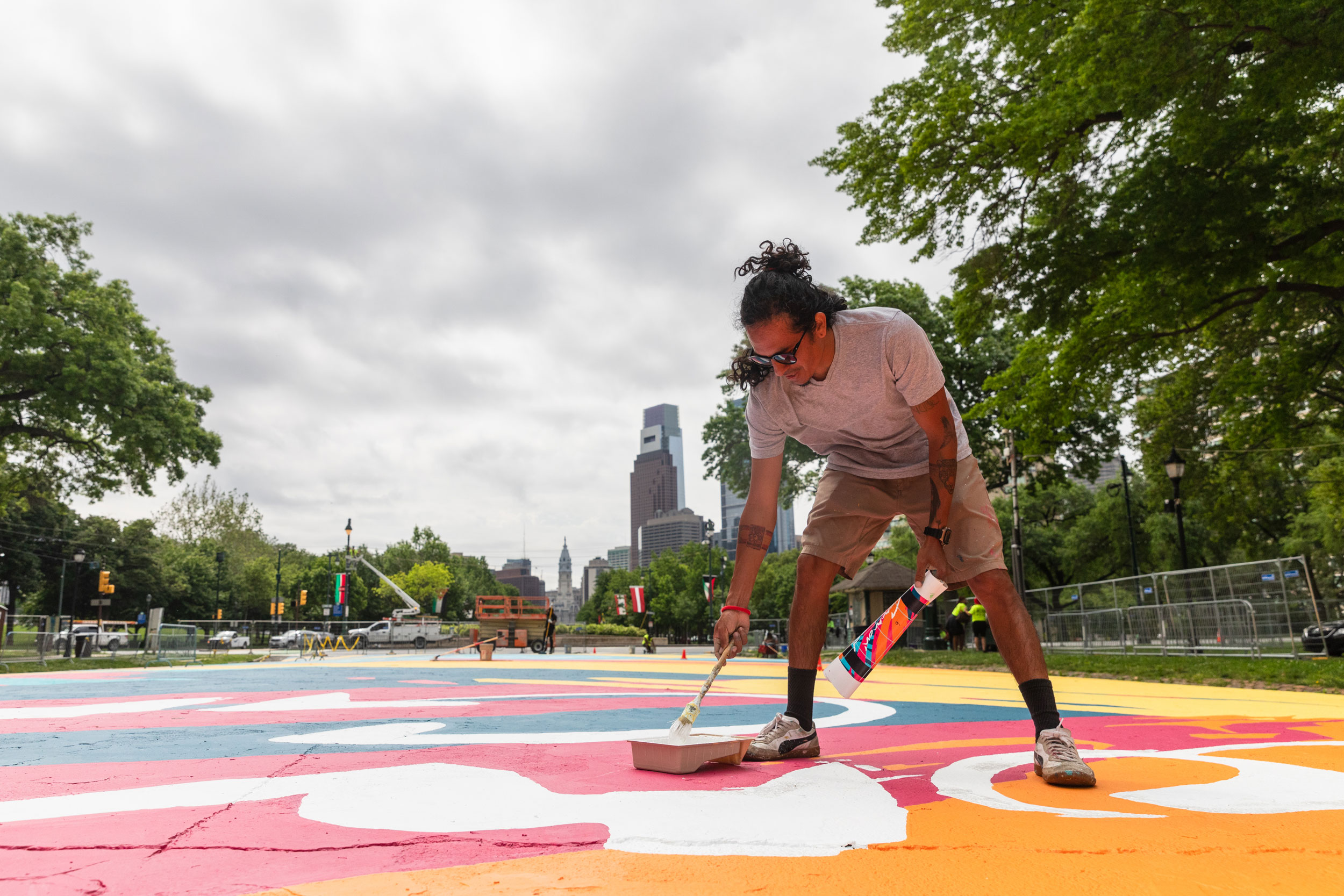
From an unknown startup in 1984 that launched with four employees, founder and CEO Jane Golden now employs more than 100 staffers, with 250 artists under contract annually. Mural Arts attracts some 20,000 tourists each year. The attention that the program has received locally, nationally and internationally over the ensuing decades has made Philadelphia an outdoor art destination and has inspired mural projects in Allentown, Harrisburg and beyond.
In doing so, Golden’s program has offered a template for how collective art projects can not only galvanize neighborhood revitalization but also support social well-being by giving underserved populations a stake in their own communities.
“As our programs grew, we started working with the city departments of Behavioral Health, Human Services, Parks and Rec, and Prisons,” reflected Golden, who began the nonprofit as the Anti-Graffiti Network. Mural Arts now engages nearly 30,000 people annually, including through programs for people with disabilities, those affected by trauma, and reentering citizens, along with citywide school art education.
The Mural Arts Institute, meanwhile, shares Golden’s urbanist vision with cities around the globe, involving theater artists, writers, photographers, printmakers – “really, the sky is the limit,” she said – in addressing social and civic issues on city walls.
The impact, Golden said, speaks for itself. “The amount of money that the arts bring into Philadelphia, I think, rivals the sports teams. I mean, it’s huge,” she said. “We employ tons of people. Artists move here because it’s affordable space, but they stay because they get work. And data shows that murals along commercial corridors increase property values and retail sales.
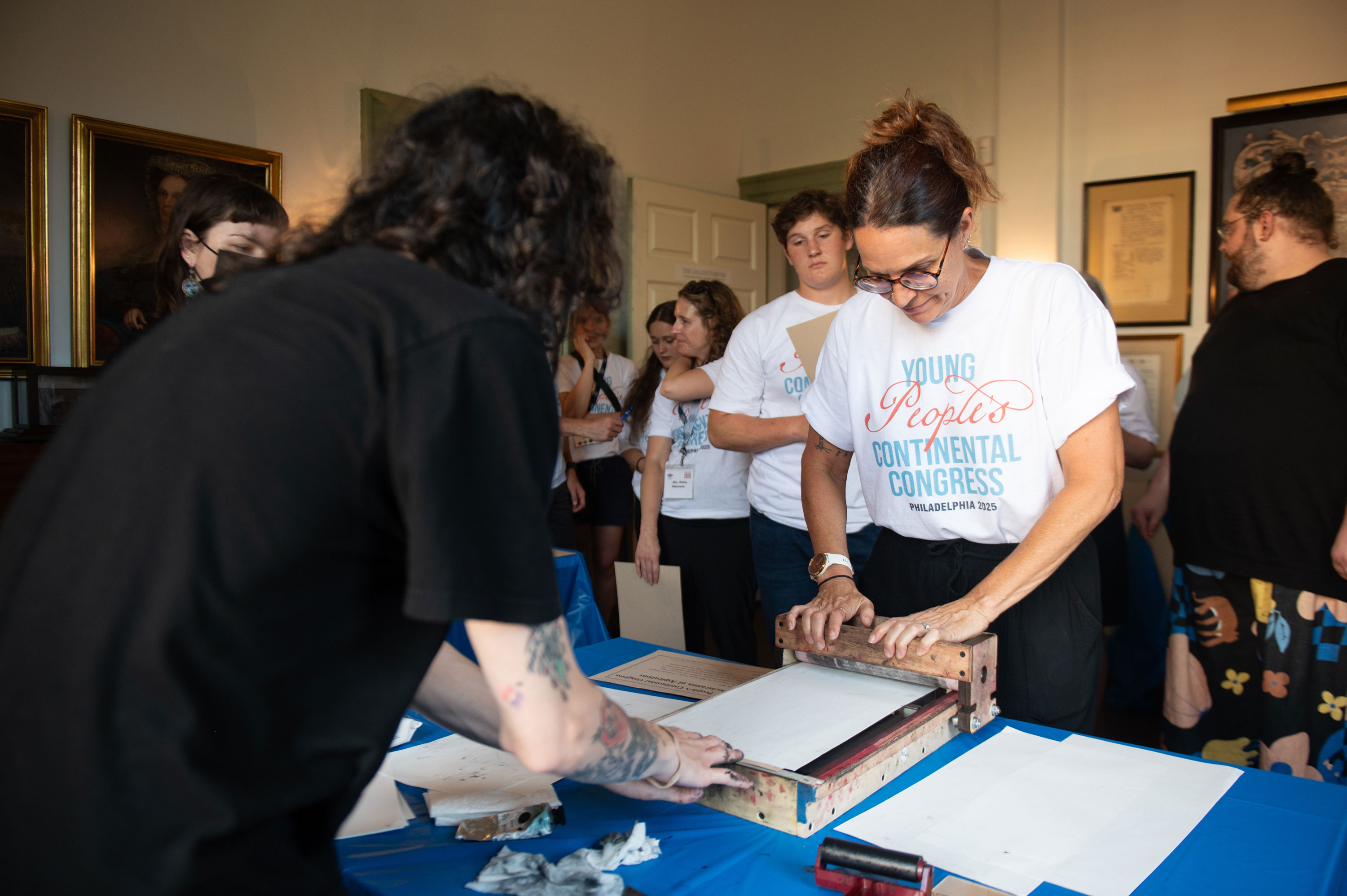
“Our recidivism rate is about 6%; the national average is about 65%,” she continued. “So people who are working with us are not getting in trouble, therefore saving taxpayer dollars that it would cost for them to be incarcerated. We are seeing people’s lives change and their eyes opened through the creative power of art.”
Not everyone is sold on the value of social programming – but the creative sector’s contribution to local economies is indisputable. Beyond the performances, festivals and exhibitions are the myriad jobs generated by venue-adjacent dining, Uber rides, parking, hotel stays and other economic activity.
Christine Cox, the co-founder of Philadelphia dance company BalletX, started out with a handful of contractors 20 years ago; she now employs 30 people full-time, along with a fleet of part-time musicians, guest choreographers and dance teachers. “We’re attracting dancers from around the world, and they’re paying taxes, renting houses, shopping at your grocery stores,” she said. “Instead of people leaving your city, they’re moving in and planting roots – and the thousands of people who come to performances are bringing their hard-earned resources for experiences that make living in the city worthwhile.”
Philadelphia City Councilmember Isaiah Thomas agreed that the cultural sector is crucial to Philadelphia’s attractiveness for both residents and visitors. In his view, tourists may be drawn to the city for its history, Rocky or cheesesteaks, but it’s the city’s ever-expanding roster of activities that keep them in town. Even so, he explains, Philadelphia could be doing a better job of attracting and retaining the cultural amenities that make cities global destinations.
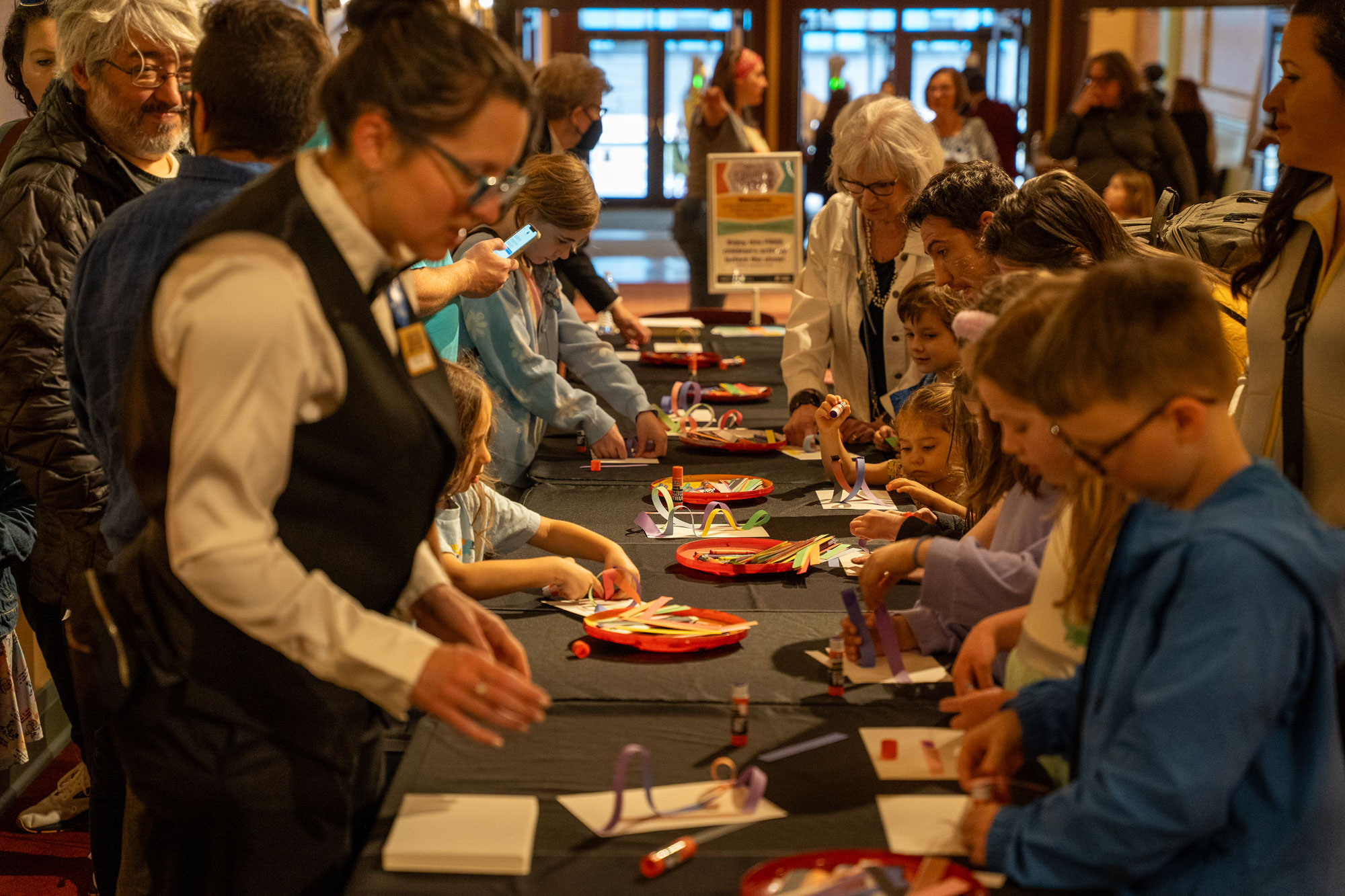
He and other policymakers see just such an opportunity in 2026, when tourism is expected to surge for the World Cup in Philadelphia and America’s 250th anniversary celebrations across the state. “We’re hoping that next year puts us in a position to be able to capitalize on the tourism, the economic boom and continue that momentum beyond 2026,” he said.
With next year in mind, Thomas recently introduced a bill that would provide tax credits to hotels and restaurants that hire Philadelphia artists and performers. He is also backing a current effort to promote the region as a filmmaking destination, and points to the success of the city’s Arts and Culture Task Force, which he helped spearhead – and whose grant program has distributed $4 million locally since 2020.
Such support is more welcome than ever. “It is a very precarious time now. There are a number of organizations that are really living on fumes,” reflected Golden. “And I want to say this about our sector: It’s extraordinarily resilient. If I look back over the years of doing this work, there have been precarious times, like when the world economy blew up in 2008 … times when it felt like the sky was falling – and it did not fall. You look back at how people were able to overcome – and you use that as a torch that propels you forward.”
NEXT STORY: This week’s biggest Winners & Losers
